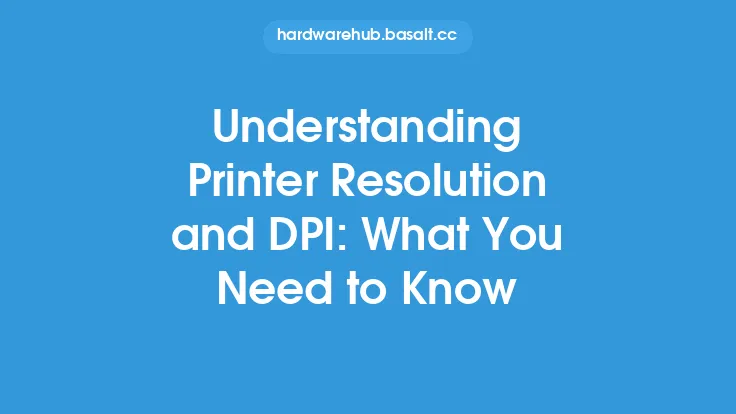Storage security is a critical aspect of protecting sensitive data, and compliance with established standards is essential to ensure the confidentiality, integrity, and availability of stored information. In today's digital landscape, organizations must adhere to various regulations and guidelines to safeguard their data from unauthorized access, theft, or damage. This article delves into the world of storage security standards and compliance, providing an in-depth look at the key frameworks, regulations, and best practices that organizations must follow to ensure the security and integrity of their stored data.
Introduction to Storage Security Standards
Storage security standards are a set of guidelines and regulations that outline the requirements for securing stored data. These standards are designed to protect sensitive information from unauthorized access, theft, or damage, and to ensure the confidentiality, integrity, and availability of stored data. There are several storage security standards that organizations must comply with, including the Payment Card Industry Data Security Standard (PCI DSS), the Health Insurance Portability and Accountability Act (HIPAA), and the General Data Protection Regulation (GDPR). Each of these standards has its own set of requirements and guidelines that organizations must follow to ensure compliance.
Key Storage Security Standards and Regulations
Several key storage security standards and regulations govern the way organizations store and protect sensitive data. The PCI DSS, for example, is a set of standards that applies to organizations that handle credit card information. The standard requires organizations to implement robust security controls, including encryption, access controls, and monitoring, to protect sensitive data. HIPAA, on the other hand, is a regulation that applies to organizations that handle protected health information (PHI). The regulation requires organizations to implement robust security controls, including encryption, access controls, and auditing, to protect PHI. The GDPR is a regulation that applies to organizations that handle personal data of EU citizens. The regulation requires organizations to implement robust security controls, including encryption, access controls, and data subject rights, to protect personal data.
Compliance Frameworks for Storage Security
Compliance frameworks are essential for ensuring that organizations comply with storage security standards and regulations. A compliance framework is a set of guidelines and procedures that outline the requirements for compliance with a particular standard or regulation. There are several compliance frameworks that organizations can use to ensure compliance with storage security standards, including the National Institute of Standards and Technology (NIST) Cybersecurity Framework, the International Organization for Standardization (ISO) 27001, and the Control Objectives for Information and Related Technology (COBIT) framework. Each of these frameworks provides a set of guidelines and procedures that organizations can use to implement robust security controls and ensure compliance with storage security standards.
Technical Requirements for Storage Security Compliance
To comply with storage security standards, organizations must implement robust technical controls to protect sensitive data. These controls include encryption, access controls, monitoring, and auditing. Encryption is a critical control that ensures the confidentiality and integrity of stored data. Organizations must use robust encryption algorithms, such as Advanced Encryption Standard (AES), to protect sensitive data. Access controls are also essential for ensuring that only authorized personnel have access to sensitive data. Organizations must implement robust access controls, including multi-factor authentication, to prevent unauthorized access to stored data. Monitoring and auditing are also critical controls that ensure the security and integrity of stored data. Organizations must implement robust monitoring and auditing controls to detect and respond to security incidents.
Best Practices for Storage Security Compliance
To ensure compliance with storage security standards, organizations must follow best practices for storing and protecting sensitive data. These best practices include implementing robust security controls, conducting regular security audits, and providing training to personnel on storage security procedures. Organizations must also ensure that their storage systems are configured correctly and that sensitive data is stored in a secure and controlled environment. Regular security audits are essential for ensuring that storage systems are secure and compliant with storage security standards. Organizations must conduct regular security audits to identify vulnerabilities and implement corrective actions to address them.
Challenges and Opportunities in Storage Security Compliance
Complying with storage security standards can be challenging for organizations, particularly those with limited resources and expertise. One of the main challenges is ensuring that storage systems are configured correctly and that sensitive data is stored in a secure and controlled environment. Another challenge is keeping up with changing regulations and standards, which can be time-consuming and costly. However, complying with storage security standards also presents opportunities for organizations to improve their overall security posture and protect sensitive data from unauthorized access, theft, or damage. By implementing robust security controls and following best practices for storage security, organizations can ensure the confidentiality, integrity, and availability of stored data and maintain the trust of their customers and stakeholders.
Conclusion
In conclusion, storage security standards and compliance are critical aspects of protecting sensitive data. Organizations must comply with established standards and regulations to ensure the confidentiality, integrity, and availability of stored information. By following best practices for storage security, implementing robust technical controls, and using compliance frameworks, organizations can ensure compliance with storage security standards and protect sensitive data from unauthorized access, theft, or damage. As the digital landscape continues to evolve, it is essential for organizations to stay up-to-date with changing regulations and standards and to continually assess and improve their storage security posture to ensure the security and integrity of stored data.





